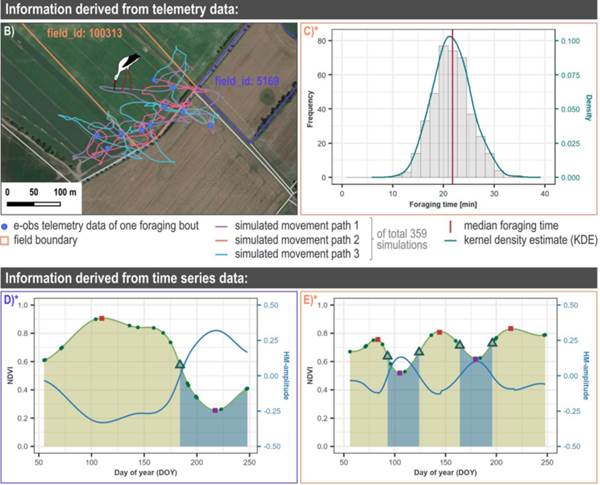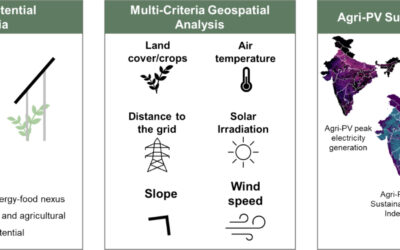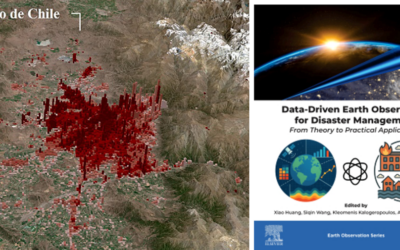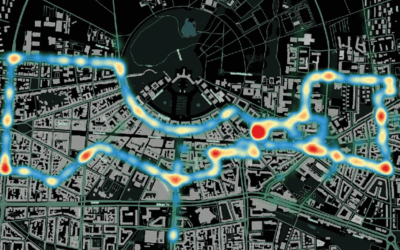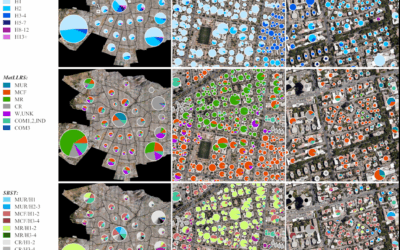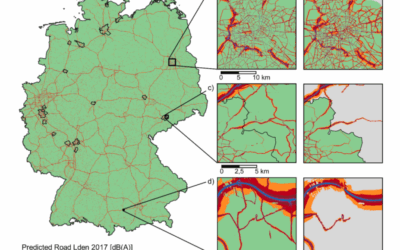A new paper titled „Assessing cumulative uncertainties of remote sensing time series and telemetry data in animal-environment studies” has just been published by Ines Standfuß, Christian Geiß, Hansi Senaratne, Grégoire Kerr, Ran Nathan, Shay Rotics and Hannes Taubenböck in the journal Landscape Ecology. The researchers from the German Aerospace Center (DLR) in Oberpfaffenhofen, the EORC of the University Würzburg, the University in Bonn, the Hebrew University of Jerusalem and the Tel Aviv University assessed if and how the results of animal-environment studies are affected by cumulative uncertainties of telemetry and remote sensing time series data.
Here is the abstract of the paper:
Context
Remote sensing time series (hereafter called time series) and telemetry data are widely used to study animal-environment relationships. However, both data sources are subject to uncertainties that can cause erroneous conclusions. To date, only the uncertainty of telemetry data can be estimated, e.g. through movement modelling, while information on the uncertainty of time series is often lacking. Consequently, it remains challenging to assess if and how the results of animal-environment studies are affected by cumulative uncertainties of telemetry and time series data.
Objectives
To address this gap, we proposed an approach to approximate time series uncertainties. Coupled with movement modelling, this allows to determine whether the results of animal-environment studies are robust to the cumulative uncertainties of time series and telemetry data. We demonstrated the procedure with a study that used time series to distinguish periods of favourable/poor prey accessibility for white storks. Our objective was to test whether the storks’ preference for fields during periods of favourable prey accessibility could be validated despite the uncertainties.
Methods
We estimated the telemetry data uncertainties based on continuous-time movement modelling, and approximated time series uncertainties based on data subsampling. We used Monte Carlo simulations to propagate the uncertainties and to generate several estimates of the stork habitat use and levels of prey accessibility. These data were applied in two habitat selection analyses to derive probability distributions of the analyses results, allowing us to characterise the output uncertainties.
Results
We found that, after accounting for uncertainty, favourable and poor prey accessibility periods were well discriminated, with storks showing the expected degree of preference/avoidance for them. However, our uncertainty analysis also showed, that compared to croplands, grasslands required more temporal NDVI samples to reliably identify these periods. Furthermore, the NDVI itself did not appear to be a coherent predictor of stork habitat selection when uncertainties were accounted for.
Conclusion
Our findings highlight the importance of validating results by assessing and quantifying the effect of input data uncertainties in animal-environment studies. To our knowledge, the approach presented is the first to assess the cumulative uncertainty of time series and telemetry data, hopefully raising awareness of the consequences of input data uncertainties for future studies.
The full paper can be found here: https://link.springer.com/article/10.1007/s10980-024-01804-4
This study is related to earlier works in this thematic domain: https://remote-sensing.org/new-article-time-series-enable-the-characterization-of-small-scale-vegetation-dynamics-that-influence-fine-scale-animal-behavior/
Please find a related paper here: https://zslpublications.onlinelibrary.wiley.com/doi/10.1002/rse2.251

